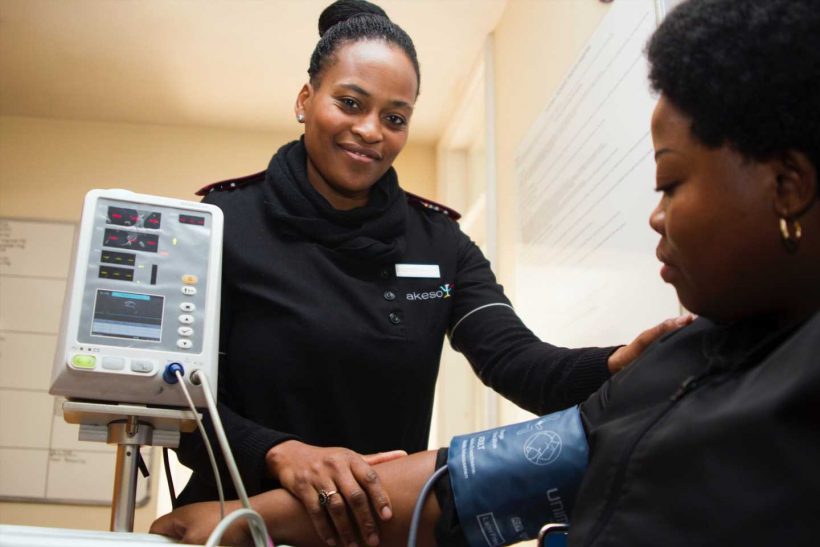
Blood pressure rose moderately during the early months of the pandemic, according to a UT Southwestern study of patients who monitored themselves at home.
“People were less active, ate more, and drank more during the pandemic, all of which led to higher blood pressure. COVID made it challenging for people see their doctors and have their medications adjusted,” said Eric Peterson, M.D., M.P.H., lead author of the study, Professor of Cardiology and Vice Provost and Senior Associate Dean for Clinical Research at UT Southwestern.
The study, published in the American Heart Journal, found that rates of uncontrolled high blood pressure went from 15% to 19% though only 5% had severely uncontrolled blood pressure (defined as systolic blood pressure greater than 160 mm/hg).
Dr. Peterson said while these changes appear modest, they are significant as slight changes in blood pressure control at the population level can have tremendous consequences downstream. Additionally, as the study looked at only those patients in a hypertension management program who were already concerned about their health, he suspects greater changes in blood pressure may be seen in the general population.
“The study’s findings are important because even a few millimeters of blood pressure change can result in measurable differences in risks for heart attack, stroke or heart failure. We need to get these patients under better control long term,” Dr. Peterson said. “If this is within a program of patients in a digital home management system, it’s concerning how well controlled blood pressure was in the general population. I think this is just the tip of the iceberg. It could be much worse in the general population.”
Source: Read Full Article
